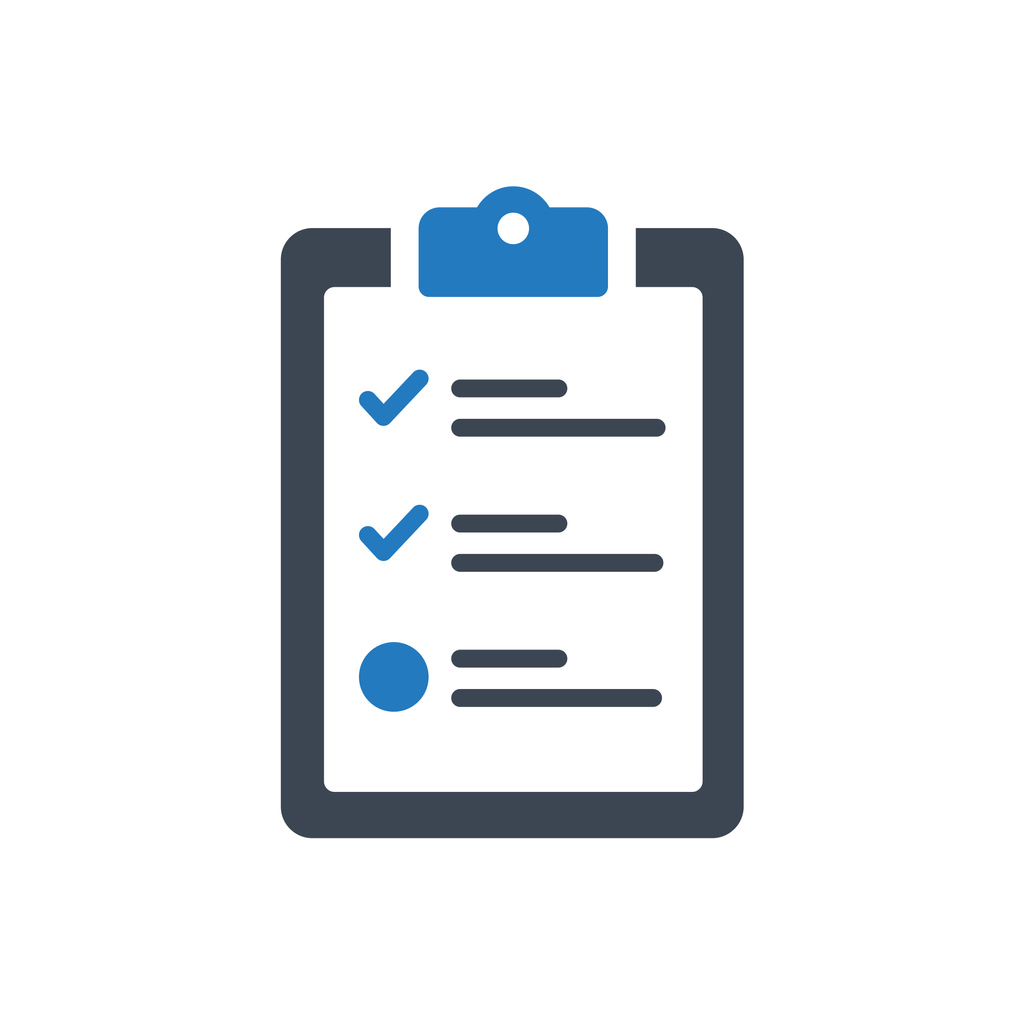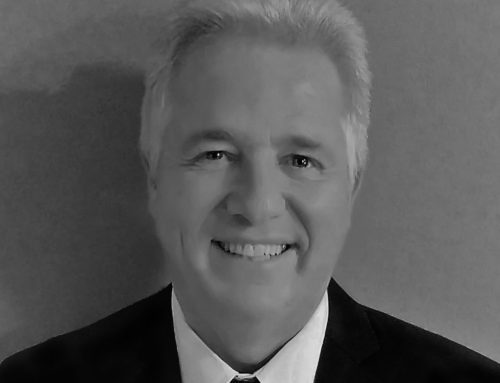As anyone around the InReach office can attest to, I’m an avid NPR listener. It’s not unusual (and probably annoyingly so) to hear me say, “I heard on NPR….” during the usual office water cooler talk. You fellow-NPR listeners are guilty of the same thing, and you know who you are.
This blog post isn’t about my listening habits, as much as I’d like it to be, but about checklists. Recently I heard a ”Hidden Brain” episode on NPR on checklists and the thought behind the application of checklists. The episode resonated with me. Check it out here. Shankar Vedantam highlights several cases where checklists have made a material impact on the outcomes in aviation, medicine, and other fields. The inference is checklists are an important tool, not just for novices who need help in learning, but for seasoned veterans that can rely too heavily on their experience to reach the desired outcome. Essentially, it’s a way to make people slow down and check overconfidence due to their experience.
So how do we apply this concept to delivering continuing education? Many continuing education professionals spend years or decades doing what they do: planning programs, reporting credits, coordinating with sections or other departments within the organization, etc. It’s likely these actions have a repetitive cycle to them, and once you’ve done it a few times, you generally know what you’re doing. But what happens with the unexpected happens? A hotel cancels the booking on the ballroom, a webcast goes down because the internet on-site is spotty, or your credit reporting system is down. That’s where a checklist comes in! By relying on the checklist, you’re minimizing the possibility of overlooking something when reacting to the unexpected disruption to your usual workflow.
Two things you want to keep in mind when developing a checklist:
- The checklist must be accessible and easy to follow. If you create an unwieldy process that doesn’t facilitate better workflow, it’s less likely to be followed. By making a checklist practical and easy, it’s going to produce better results because it will be followed more often.
- You must be willing to change the checklist. As a checklist is used, you’re going to find issues or better ways to do things. Rely on the feedback of the people using it to enhance and change it. Explaining why you’re changing it will go a long way as well in making sure people are using it.
We use several checklists within InReach with proven success, and we’ve made changes to them over time even when they work well. Not every process requires a checklist but stopping to think about where the tool can produce better outcomes for your learners, colleagues, members or clients is an exercise I encourage you to do. Know that Inreach will continue to use checklists, and we’ll continue to do so to better serve our partners.





